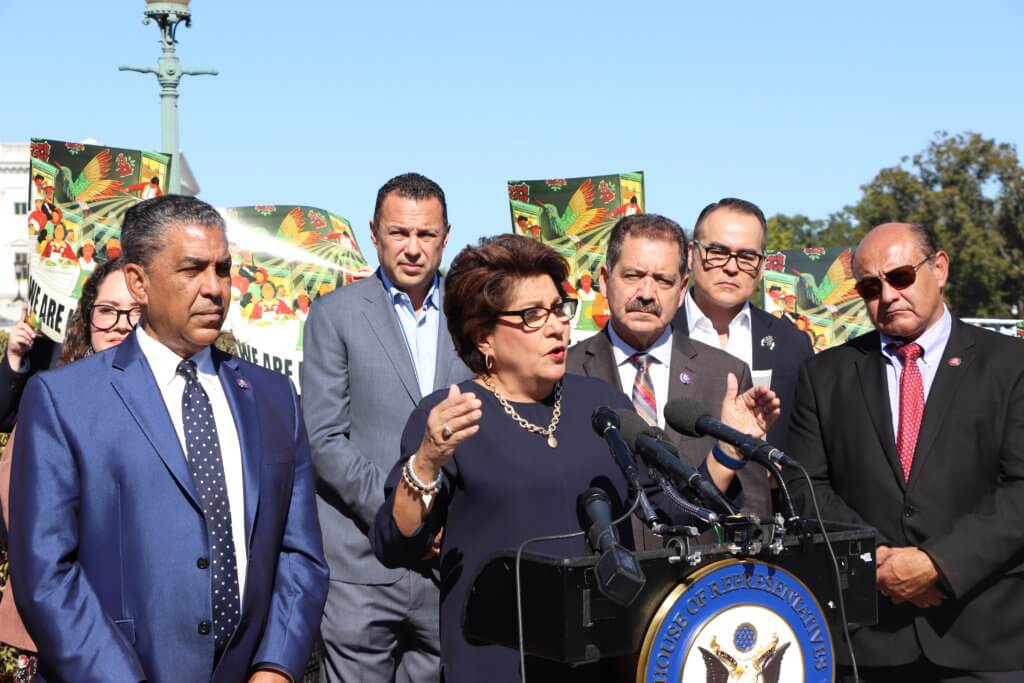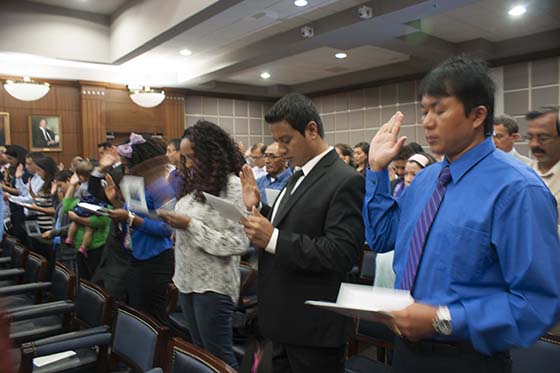The fight for a DREAM Act continues: What happened in the Senate last week and where we go from here
The following is the first in a series of posts on recent developments in the fight for DREAMers and what’s next for DACA.
In this post we look at the failure last week in the Senate to advance DACA legislation. The next installment will examine what we can expect from the court cases happening in several states to defend DACA.
Future posts will look at the Department of Homeland Security appropriations process and how that might relate to discussions about DACA.
Keep up with the latest from UnidosUS
Sign up for the weekly UnidosUS Action Network newsletter delivered every Thursday.
For the latest on the fight to defend DREAMers please follow us on Twitter and Facebook.
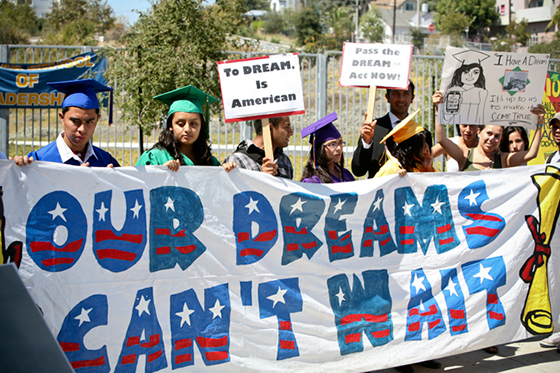
By Carlos Guevara, Senior Policy Advisor, UnidosUS
Last month, the U.S. government shut down for three days. Many issues important to the Latino community—like funding for the Children’s Health Insurance Program and disaster relief for Puerto Rico—were part of important discussions happening at the time.
Also on the table was the future of over 700,000 immigrant youth who have been protected from deportation under DACA (Deferred Action for Childhood Arrivals).
One of the “concessions” Senate Democrats got for their vote to reopen the government on January 22 was a promise by Senate Majority Leader Mitch McConnell to hold an “open” vote on immigration issues. This is what supposedly played out during the week of February 12th, but in the end it was “much ado about nothing” as Republican congressional leadership once again failed our DREAMers as two bipartisan measures to protect them fell short.
So what exactly happened last week?
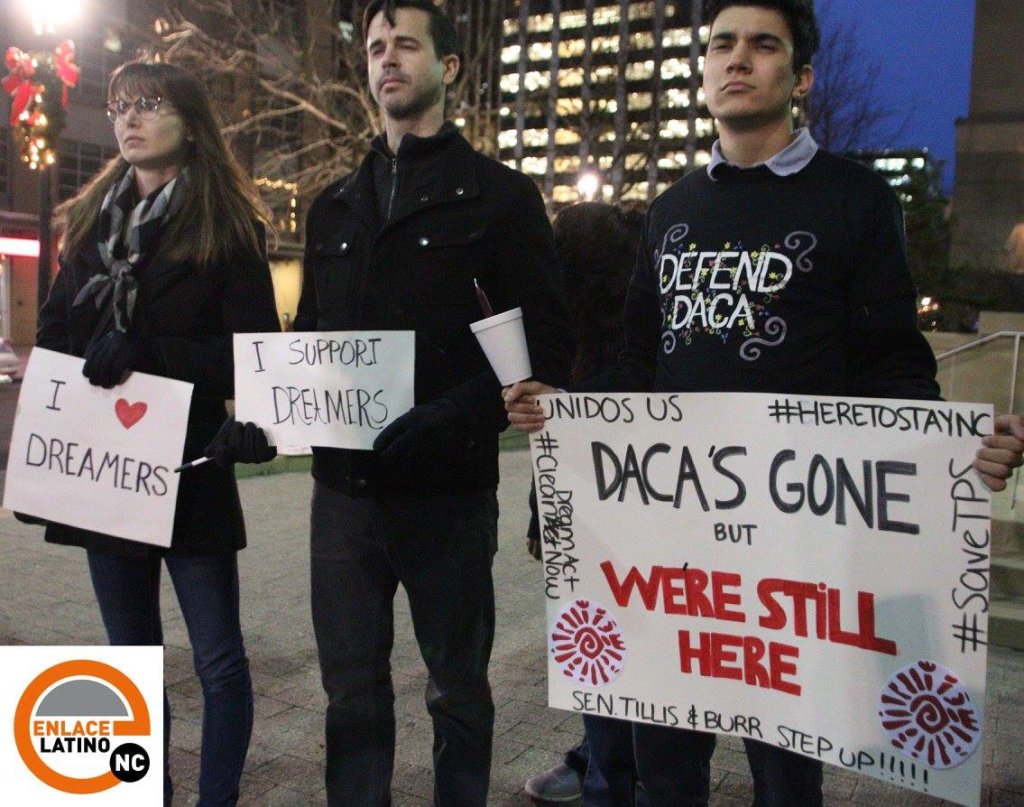
WHAT DID THEY VOTE ON IN THE SENATE?
A number of legislative proposals were offered leading up to February 15 to supposedly address the DACA situation. There were “Colorado compromises,” “skinny DREAM Acts,” and talks of “patches.”
In the end, three measures (and one extremist, far-right bill on so-called “sanctuary cities”) were put up for a vote.
Below is an overview of the three viable bills. You can find our official statement on these measures here.

- The McCain-Coons Amendment. This amendment would have paired the full DREAM Act with border accountability provisions. Importantly (and perhaps predictably) a “clean DREAM Act” was never voted on.
This proposal became the de-facto choice for many who wanted to see a “clean” vote, or at a minimum a “narrow” package that contained border measures and the DREAM Act.
However, the bill failed 52-48 (60 votes were needed to move forward). A concern we heard from many Republicans was that the bill was “dead on arrival” because it did not contain meaningful border security funding.
- The Rounds-King Amendment. This amendment was offered by a bipartisan group of eight Republicans and eight Democrats. It sought to address the president’s self-fancied “four pillars” on immigration: DACA relief, border security, cuts to the legal immigration system, and ending so-called “chain migration.” To reach the 60- vote threshold, the amendment would require three more Republicans to join, and all Democrats to do the same.
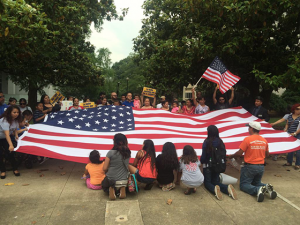
The amendment would have ended and reallocated a family visa category for certain lawful permanent residents who seek to petition their adult, unmarried children. It would have imposed restrictions—largely already existing under currently law—that bar parents who entered the country illegally from being petitioned for by a child with legal status. But in the final analysis, the big-ticket items in the amendment were:
- Near fully DREAM Act – For UnidosUS and others, the provisions in this bill—which was largely the DREAM Act language—could have provided lawful permanent residence to an estimated 1.5 million immigrant youth, according to the Migration Policy Institute. Importantly, there would have been an upper age cap of 38 as of June 15, 2012, and an age of entry of less than 18 as of June 15, 2012, which would have slightly reduced the number of individuals obtaining green cards by an estimated 200,000.
- Billions in Border Money – If the McCain-Coons amendment lacked it, this bill had it in droves. The bill would have appropriated $25 billion over 10 years for “border security.”
But it included significant limits on the transfer of funds to other Department of Homeland Security components such U.S. Immigration and Customs Enforcement; required annual certifications by the Secretary of Homeland Security prior to getting money for each year; and called for staffing of the Office of Professional Responsibility, which overseas border patrol misconduct.
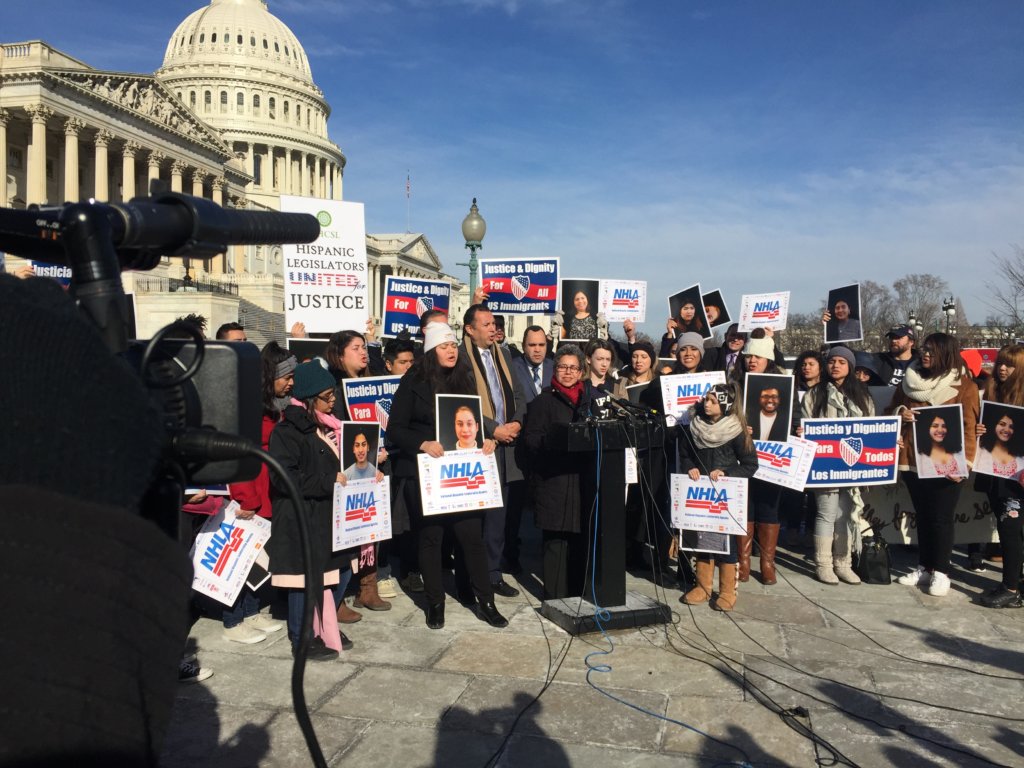
This amendment faced many hurdles from the beginning. And between Wednesday and Thursday its ultimate fate became clear.
Why? Three maneuvers orchestrated by the administration derailed its success:
- First, on Thursday morning the White House stated that President Trump would veto a Rounds-King bill if it came to his desk.
- Second, the White House waged an all-out assault on Republican Senator Lindsey Graham for supporting a bill that was “detrimental to homeland security” in an effort to cast doubt on the merits of the bill itself.
- And third, DHS issued an incendiary, highly unusual, factually suspect, and politically charged statement that painted the Round-King amendment as “destroy[ing]” its ability to enforce laws, and creating “mass amnesty for over 10 million illegal aliens, including criminals.”
In the end, the amendment went down 54-45. Three Democrats (Sens. Martin Heinrich, Tom Udall, and Kamala Harris) joined the “no” votes. It is unclear whether they would have remained “no” votes had three more Republican votes been found in support of the measure.
- Grassley/Miller Amendment. This amendment was billed as the “White House” amendment. But it went far beyond even the president’s “4 pillars” construct.
The bill would have effectively eviscerated the legal immigration system in exchange for narrower protections for DACA holders. It was not seen as a credible offering, which is reflected in the lackluster final vote count. The amendment failed 39-60.
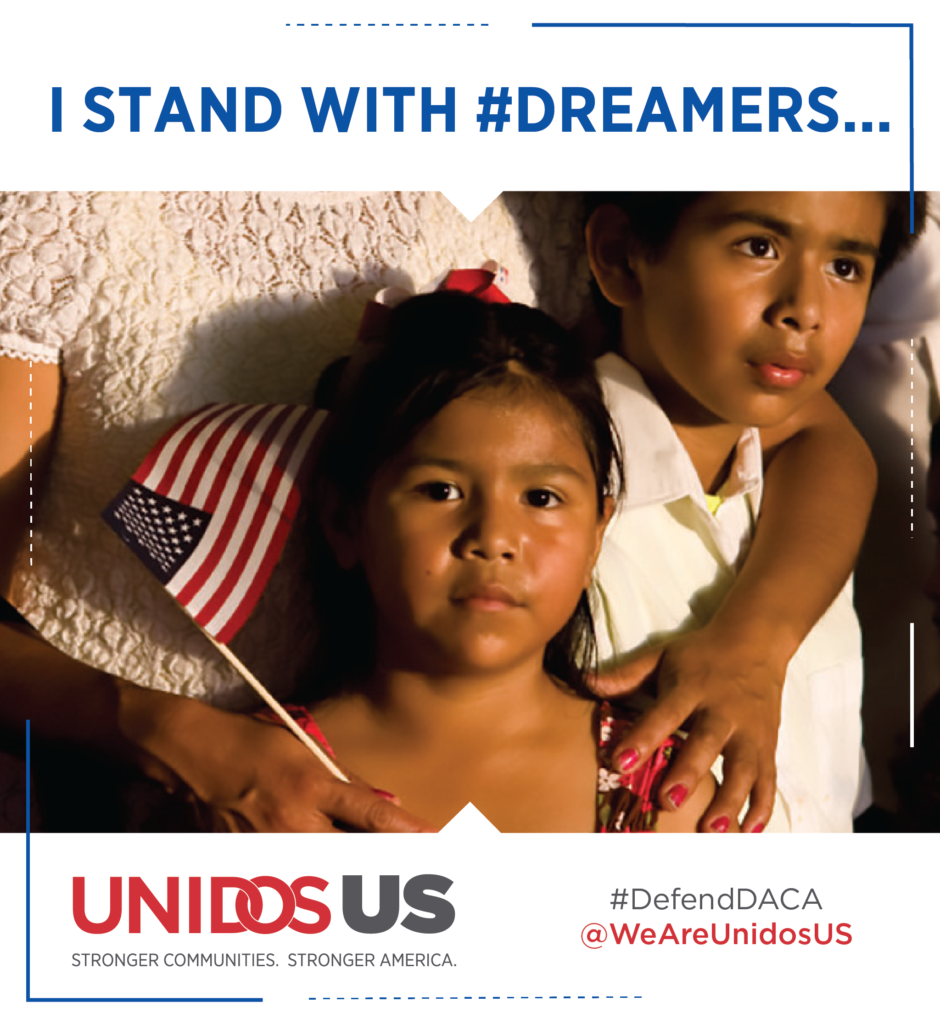
THE PROCESS FAILED OUR DREAMers
The Senate process failed immigrant youth. This may have been billed as a “fair and open” process by congressional leaders, but the maneuvering behind the scenes and the heavy hand of the White House suggests a different story.
This administration has not only failed our #DREAMers, but the 90% of Americans who stand with them. The Republican leadership’s refusal to accept a bipartisan deal is reprehensible and their actions will not go unanswered. #DreamActNow pic.twitter.com/rU5njtcF66
— Janet Murguía (@JMurguia_Unidos) February 16, 2018
Now the attention in Congress appears to turn to the U.S. House of Representatives, where Speaker Paul Ryan has said he won’t offer a bill unless the president supports it. We’ll also be watching what happens in March, when Congress must again pass another spending package.
Meanwhile, as we’ll detail in the next installment of this series, there have been important developments in the courts that have provided valuable though temporary solutions for DREAMers.
Congress should be reminded that they have failed to do what even President Trump asked of them—find a solution for these young people. The need and urgency have not gone away, and we must continue to demand that they do their job.

